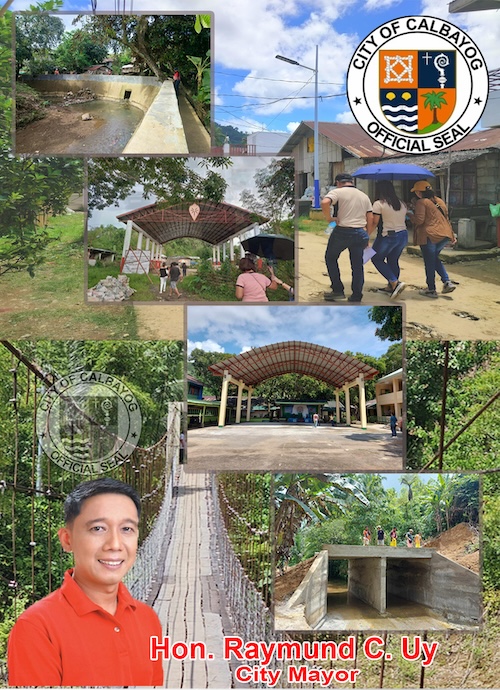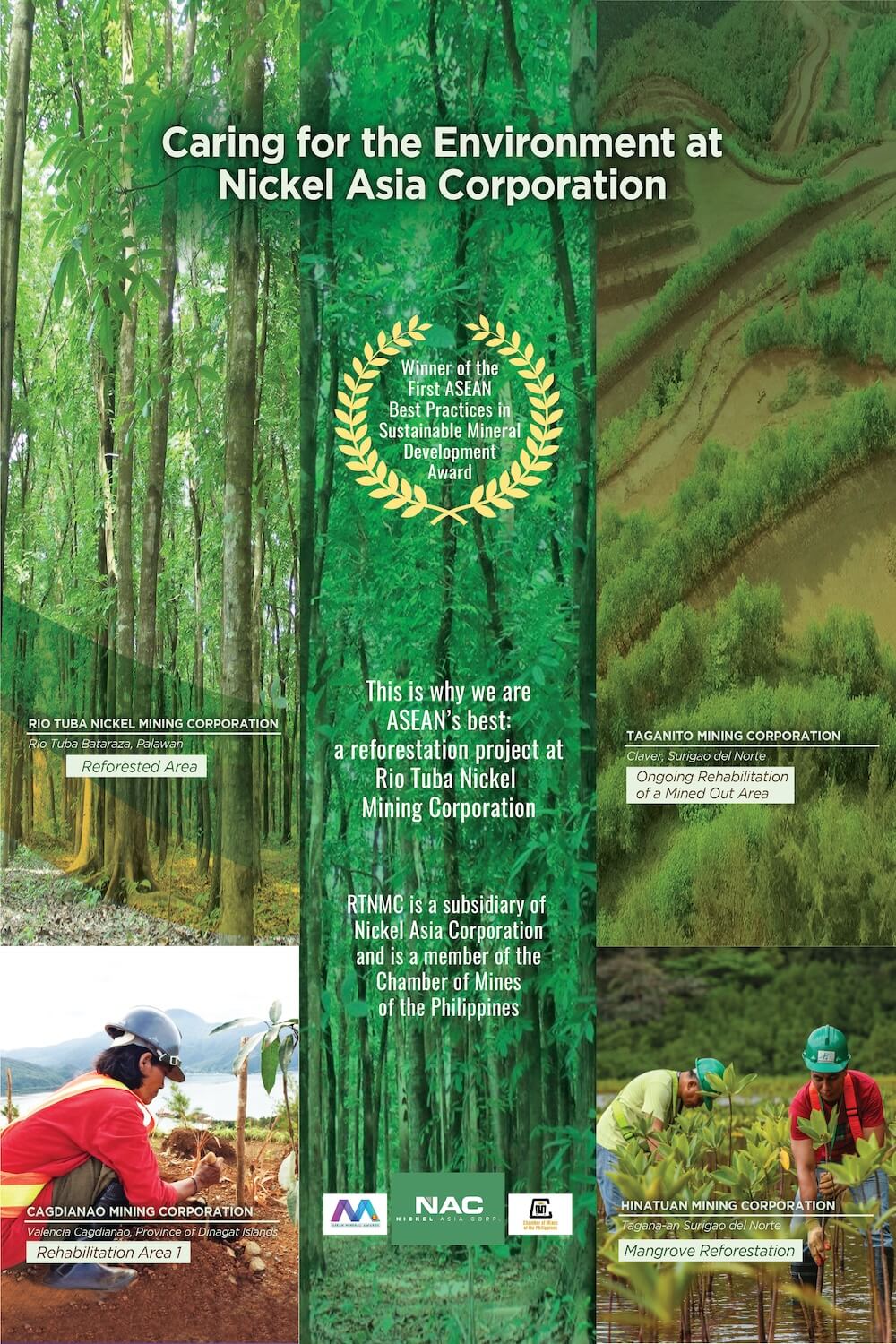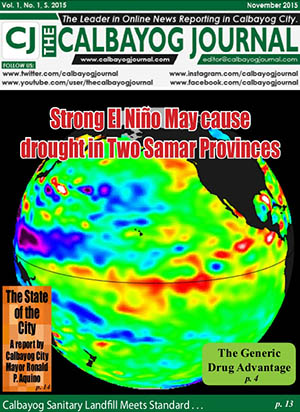Story: ELMER RECUERDO
Photos: Oceana
Photos: Oceana

CARIGARA, Leyte – Just before twilight, Victor, a 37-year old fisherman moors his motorized banca on a concrete post and starts to unload a half-filled pail of fish that was his catch for five hours of fishing in Carigara Bay that night.
His wife looks on the catch and separates sardines from the rest. The bigger sardines are then separated from the smaller ones since they can be sold on the market.
"I try to avoid catching small tamban because you cannot sell them. My wife dries them for our family consumption," he said. "The bigger ones, we can sell them at P50 to P80 a kilo depending on the size."
"I hope the government through BFAR can strictly enforce regulations against catching small tamban and burot (small galunggong) so they can grow big and sustain our livelihood," he said. "I noticed that in the last 20 years that I have been fishing, sardines are getting smaller."
Carigara Bay, which straddles between Leyte and Biliran provinces, forms part of the sardine-rich Fisheries Management Area 7 that stretches from Ticao-Burias Pass, San Bernardino Strait, Sorsogon Bay, Ragay Gulf, Samar Sea, Maqueda Bay and Irong-Irong Bay down to Carigara Bay.
A comfort to most Filipinos, sardines, locally known as lawlaw, tamban, tunsoy, tuloy in various parts of the country, is one of the major sources of protein nourishment of Filipinos.
A study conducted by the Social Weather Station in 2017 shows that 71% of typical Filipino families eat seafood, especially sardines, at least five times per month making it the most accessible source of animal protein for millions of Filipinos.
Last year, Harvard University published a study showing that consuming just one to two servings of sardines every week provides enough omega-3 fatty acids to reduce a person's chances of heart disease by more than one-third.
However, despite the archipelagic nature of the country with a diversity of fish and seafoods available, a high proportion of Filipinos have protein inadequacy. This is one of the highlights of the study, The State of Fish in Nutrition Systems (FINS) in the Philippines published by Oceana and MRAG Asia Pacific, in cooperation with the Department of Science and Technology-Food and Nutrition Institute (DOST-FNRI).
In line with the goal of achieving food and nutritional security and improving the livelihoods of coastal communities, the Bureau of Fisheries and Aquatic Resources (BFAR) came up with the National Sardines Management Plan (NSMP) 2020-2025.
The NSMP for 2020–2025, approved on May 15, 2020, should serve as guide for the coordinated management of sardines in Fishery Management Areas through the identification of reference points, harvest control rules, and appropriate measures in line with the Amended Fisheries Code (Republic Act 10654).
Up to this day, however, only the active Management Body (MB) of FMA 7, FMA 11 (Asid Gulf, Visayan Sea, Guimaras Strait, Bais Bay, Tañon Strait Protected Seascape, and Visayan Sea), and FMA 12 (Balayan Bay, Calatagan Bay, Batangas Bay, Tayabas Bay, Tablas Strait, Mogpog Pass, Tayabas Bay, Sibuyan Sea, and Southern Sibuyan Bay) have passed resolutions and integrated the NSMP into their overall FMA management plans. The NSMP has yet to be integrated into nine of the 12 FMAs nationwide.
His wife looks on the catch and separates sardines from the rest. The bigger sardines are then separated from the smaller ones since they can be sold on the market.
"I try to avoid catching small tamban because you cannot sell them. My wife dries them for our family consumption," he said. "The bigger ones, we can sell them at P50 to P80 a kilo depending on the size."
"I hope the government through BFAR can strictly enforce regulations against catching small tamban and burot (small galunggong) so they can grow big and sustain our livelihood," he said. "I noticed that in the last 20 years that I have been fishing, sardines are getting smaller."
Carigara Bay, which straddles between Leyte and Biliran provinces, forms part of the sardine-rich Fisheries Management Area 7 that stretches from Ticao-Burias Pass, San Bernardino Strait, Sorsogon Bay, Ragay Gulf, Samar Sea, Maqueda Bay and Irong-Irong Bay down to Carigara Bay.
A comfort to most Filipinos, sardines, locally known as lawlaw, tamban, tunsoy, tuloy in various parts of the country, is one of the major sources of protein nourishment of Filipinos.
A study conducted by the Social Weather Station in 2017 shows that 71% of typical Filipino families eat seafood, especially sardines, at least five times per month making it the most accessible source of animal protein for millions of Filipinos.
Last year, Harvard University published a study showing that consuming just one to two servings of sardines every week provides enough omega-3 fatty acids to reduce a person's chances of heart disease by more than one-third.
However, despite the archipelagic nature of the country with a diversity of fish and seafoods available, a high proportion of Filipinos have protein inadequacy. This is one of the highlights of the study, The State of Fish in Nutrition Systems (FINS) in the Philippines published by Oceana and MRAG Asia Pacific, in cooperation with the Department of Science and Technology-Food and Nutrition Institute (DOST-FNRI).
In line with the goal of achieving food and nutritional security and improving the livelihoods of coastal communities, the Bureau of Fisheries and Aquatic Resources (BFAR) came up with the National Sardines Management Plan (NSMP) 2020-2025.
The NSMP for 2020–2025, approved on May 15, 2020, should serve as guide for the coordinated management of sardines in Fishery Management Areas through the identification of reference points, harvest control rules, and appropriate measures in line with the Amended Fisheries Code (Republic Act 10654).
Up to this day, however, only the active Management Body (MB) of FMA 7, FMA 11 (Asid Gulf, Visayan Sea, Guimaras Strait, Bais Bay, Tañon Strait Protected Seascape, and Visayan Sea), and FMA 12 (Balayan Bay, Calatagan Bay, Batangas Bay, Tayabas Bay, Tablas Strait, Mogpog Pass, Tayabas Bay, Sibuyan Sea, and Southern Sibuyan Bay) have passed resolutions and integrated the NSMP into their overall FMA management plans. The NSMP has yet to be integrated into nine of the 12 FMAs nationwide.

Last August 7, 2023, issued a memorandum mandating the use of all National Management Plans for various species, including sardines, as a framework for the adoption and implementation of a harvest strategy and management measures in all FMAs.
Under the NSMP, the BFAR is mandated to implement the coordinated management of sardines, from production to post-harvest mechanisms, and tackle the biophysical environment, socio-economic, and governance aspects.
Martha Cadano, chair of the Regional Agriculture and Fisheries Council (RAFC) in Eastern Visayas and member of the Victoria Municipal Entrepreneurs Multipurpose Cooperative in Northern Samar, said that the implementation of the NSMP will provide an adequate supply of sardines for a better future of our artisanal fisherfolk because sardines are found in municipal waters.
"The immediate problems that must be addressed also include the absence of post-harvest facilities resulting in high post-harvest losses, the lack of fishing boats and gear and post-harvest handling. The database for catch and losses is also lacking that should help inform the appropriate intervention," she said.
Dr. Wilfredo Campos of the University of the Philippines Visayas said sardine stocks in the country are rapidly declining and this problem has to be addressed in the earliest possible time.
"In the major sardine fishing grounds of the country, the available information shows that stocks are now depleted. Clearly, there is a need to find viable solutions, such as reduction of fishing effort, declaration of closed seasons, among others to allow this fishery to recover," Campos said.
"Exactly how to do these specific actions needs to be determined within the context of a framework, which is what the NSMP provides. There is no time for delay as there is an urgent need to improve the status of fish stocks. We can no longer allow their continuing decline, because this makes the goal of stock recovery more and more difficult," Campos added.
Under the NSMP, the BFAR is mandated to implement the coordinated management of sardines, from production to post-harvest mechanisms, and tackle the biophysical environment, socio-economic, and governance aspects.
Martha Cadano, chair of the Regional Agriculture and Fisheries Council (RAFC) in Eastern Visayas and member of the Victoria Municipal Entrepreneurs Multipurpose Cooperative in Northern Samar, said that the implementation of the NSMP will provide an adequate supply of sardines for a better future of our artisanal fisherfolk because sardines are found in municipal waters.
"The immediate problems that must be addressed also include the absence of post-harvest facilities resulting in high post-harvest losses, the lack of fishing boats and gear and post-harvest handling. The database for catch and losses is also lacking that should help inform the appropriate intervention," she said.
Dr. Wilfredo Campos of the University of the Philippines Visayas said sardine stocks in the country are rapidly declining and this problem has to be addressed in the earliest possible time.
"In the major sardine fishing grounds of the country, the available information shows that stocks are now depleted. Clearly, there is a need to find viable solutions, such as reduction of fishing effort, declaration of closed seasons, among others to allow this fishery to recover," Campos said.
"Exactly how to do these specific actions needs to be determined within the context of a framework, which is what the NSMP provides. There is no time for delay as there is an urgent need to improve the status of fish stocks. We can no longer allow their continuing decline, because this makes the goal of stock recovery more and more difficult," Campos added.



















